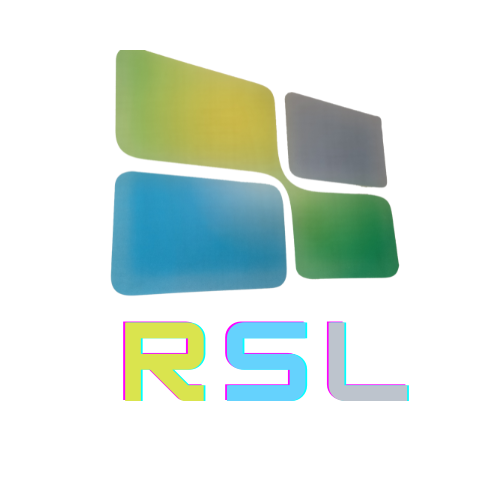Basic LLM Training
Building a Strong Foundation for Language Models. The focus here is building a strong foundation. We prepare high-quality data and establish core training methods to set your model up for success.
Data Collection & Preprocessing
Sources: Wikipedia, research papers, books, and web data
Cleaning: Remove duplicates, fix syntax errors, and tokenize
Formatting: Convert raw data into structured training-ready formats
Tokenization
We convert text into numeric tokens for model processing.
- Word-level (e.g., Word2Vec)
- Subword-level (e.g., BPE, SentencePiece)
- Character-level (for specialized tasks)
Architecture Selection
Choose the right model architecture for your needs:
- Transformer-based (GPT, BERT, T5)
- Encoder-Decoder (for translation tasks)
- Decoder-only (for generation tasks)


